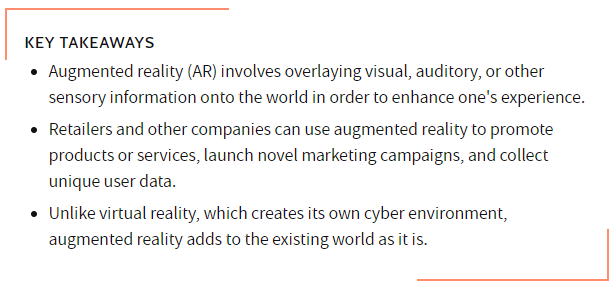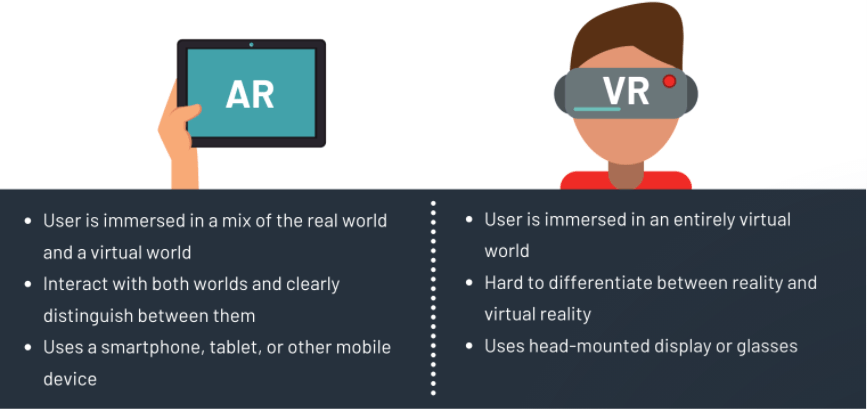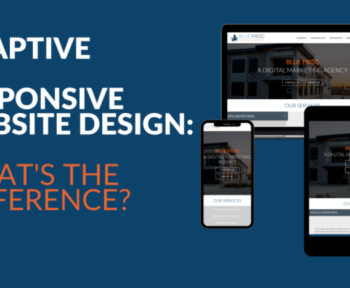The terms “virtual reality” and “augmented reality” have been largely discarded. VR headsets like Oculus Quest or Valve Index and AR apps and games like Pokemon Go are still popular. They look identical and as the technologies evolve, they bleed a little into each other. But they are two different concepts, with features that easily separate them from each other.
To understand the difference between AR and VR we have to understand the difference between the two separately.
Table of Contents
What is Virtual Reality (VR)?
Utilizing computer technology to create a virtual reality (VR) simulation environment. Unlike traditional user interfaces, VR keeps the user within an experience. Instead of looking at the screen in front of them, users are immersed and able to interact with the 3D world.
By increasingly mimicking the senses such as sight, hearing, touch, and smell, the computer becomes the gatekeeper to this artificial world. Content availability and cheap computing power are almost limitations to true VR experiences.
- The immediately recognizable part of virtual reality is the head-mounted display (HMD). Humans are visual beings, and the biggest difference between virtual reality systems and traditional user interfaces is that display technology is often immersed.
- Major players in virtual reality include Oculus Rift, and PlayStation VR (PSVR).
For both games and apps, virtual reality takes the place of your surroundings, taking you to other places. It doesn’t matter where you are physical. In games, you can sit in the cockpit of a starfighter. In the apps, you can travel to distant places virtually as if you were there. There are so many possibilities in VR, and they all involve replacing everything around you with something else.
What is Augmented Reality (AR)?
Augmented reality (AR) is an enhanced version of the real physical world obtained through digital visual elements, sound, or other sensory stimuli provided by technology. This is a growing trend, especially among companies involved in mobile computing and business applications.
Augmented reality (AR) continues to evolve and has become more widespread among a wide range of applications. Since its conception, marketers, and technology firms have struggled with the notion that augmented reality is little more than a marketing tool. However, there is evidence that consumers are starting to get real benefits from this functionality and expect it as part of their buying process.

For example, some early adopters in retail have developed technologies that are designed to enhance the consumer shopping experience. By incorporating augmented reality into catalog apps, stores let consumers visualize how different products will look in different environments. For furniture, buyers point the camera at the appropriate room and the product appears in the foreground. Also, learn about AI from here.
AR VS VR - Point of Difference


Difference Between AR and VR - The Cold Fusion
Virtual reality and augmented reality accomplish two different things in two different ways even though their devices have similar designs. VR transforms reality by taking you somewhere else. AR adds to reality, projecting information on top of what you’re already seeing. They are both powerful technologies that have yet to make their mark with consumers but show a lot of promise. They may completely change the way we use computers in the future, but whether one or both will be successful is anyone’s guess. learn about Ad-models.
Hope! Now You understand the difference between AR and VR. Don’t forget to share the content and leave Your valuable comments. thank you.






3 Comments